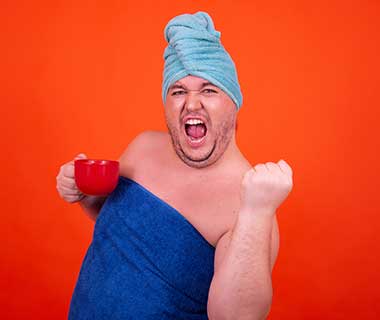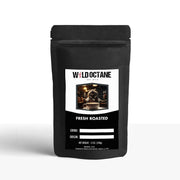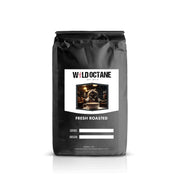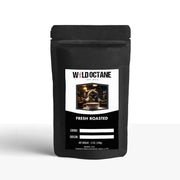Oolong tea, known as “wulong” in Mandarin, which translates to “black dragon,” originated in China, specifically in the Fujian province, over a thousand years ago. It was developed during the Song Dynasty (960-1279) and gained popularity during the Ming Dynasty (1368-1644). Oolong tea was traditionally crafted by skilled artisans who perfected the art of tea processing, and today, it is celebrated not only in China but also in Taiwan and other parts of the world.
Types of Oolong Tea
Oolong tea is categorized into two main types: lightly oxidized and heavily oxidized.
-
Lightly Oxidized Oolong (10-30%):
- Typically has a floral aroma and a light, grassy flavor.
- Examples include Tie Guan Yin (Iron Goddess of Mercy) and Bai Jiu Oolong.
-
Heavily Oxidized Oolong (30-70%):
- Offers deeper, more robust flavors, often with fruity or roasted notes.
- Examples include Da Hong Pao (Big Red Robe) and Milk Oolong.
The Oolong Tea Processing Journey
The production of oolong tea is a meticulous process that includes several steps:
-
Withering: Freshly plucked tea leaves are spread out to wilt under the sun or in a cool, shaded area. This step helps reduce moisture and initiates oxidation.
-
Bruising: The leaves are gently shaken or rolled to bruise the edges, allowing enzymes to interact with oxygen, leading to oxidation.
-
Oxidation: The degree of oxidation varies between lightly and heavily oxidized oolongs. This step is crucial in developing the flavor profile of the tea.
-
Fixation (or Kill-Green): Once the desired level of oxidation is achieved, the leaves are heated (typically through pan-firing) to halt the oxidation process.
-
Rolling and Drying: The leaves are rolled into their final shapes and then dried to lock in flavors.
The careful control of each step creates a complex flavor profile, making oolong tea a favorite among tea connoisseurs.
Brewing the Perfect Cup of Oolong Tea
To fully appreciate the intricate flavors of oolong tea, it’s essential to brew it correctly. Here’s a simple guide:
-
Choose Quality Oolong: Look for high-quality loose-leaf oolong tea for the best flavor.
-
Water Temperature: Lightly oxidized oolong (e.g., Tie Guan Yin) should be brewed at about 185°F (85°C), while heavily oxidized varieties (e.g., Da Hong Pao) can handle water around 205°F (96°C).
-
Steeping Time: Steep for 3-5 minutes, adjusting the time based on your taste preference. Oolong tea can be steeped multiple times, with each infusion revealing different flavors.
-
Enjoy Mindfully: Take a moment to appreciate the aroma and flavor of your brew. Oolong tea is best enjoyed plain, without milk or sugar, to savor its natural taste.









